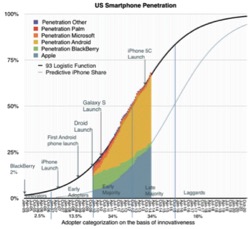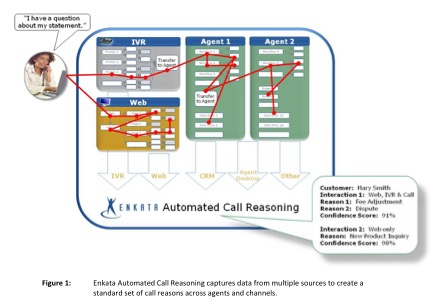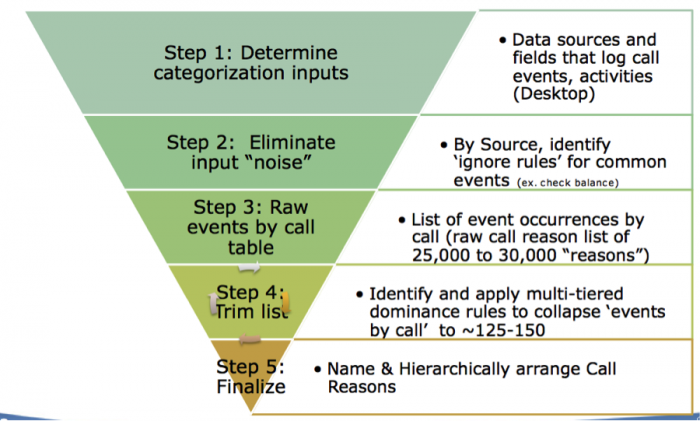Why Do Freelancers Charge So Much Per Hour?
I choked the first time I got a project estimate from a freelance writer. I was a full-time employee at a big company, trying to hire someone to take over a project that I’d been doing myself for over a year, but had recently been promoted beyond. The freelancer’s rate was way, WAY more than I made per hour.
There’s a simple formula for figuring an annual salary based on an hourly wage: multiply by two and add three zeros. Right? For example, when I made $13 an hour at my first writing job, that translated to about $26,000 per year ($13 x 2 = 26). The hourly-to-annual formula works because when I had that job, I got two weeks of paid vacation a year. Each year has 52 weeks. Subtract the vacation weeks, and you have 50. $13 an hour times 40 hours a week ($520) times 50 weeks a year equals $26,000.
So, when I saw that my freelancer was billing $100 an hour, I quickly figured she was clearing about $200,000 a year. (My own salary at that time was significantly less than half that.) But my math was wrong.
I have to admit, seeing that rate was one of the reasons I left my job about a year later to go freelance myself. But now, 14 years into the self-employment gig, I know why basic hourly-to-annual formula doesn’t work for freelancers. It’s because we don’t bill 40 hours a week—even if we work 40 hours a week. Or 50.
In short, freelancing is a different business model—for us and for our clients—than full-time employment. It all comes down to billable vs. non-billable hours, stuff we buy ourselves and the value we bring. Let’s break it down.
Billable vs. Non-Billable Hours
How do you spend your first hour of work in the morning? Mine looks like this: I fire up my computer, open my email and sip a cup of tea while I figure out what my day looks like: meetings, due dates, email responses. I might even read a couple of news articles. Then I make a to-do list, with priorities. That usually takes a half-hour to an hour.
Most people have a similar routine. Now: who should I bill for that hour? If you’re my client, do you want to pay for that?
Of course not. I can’t bill anyone for that. Is it a necessary part of work? Absolutely. It sets me up to be productive for the rest of the day and allows me to give clients accurate estimates of when I’ll complete their projects. If I was a full-time employee, that would count as one of my working hours. As a freelancer, it’s not billable.
There are other, similar times throughout the day: getting back up to speed after lunch. The time it takes to pack up and leave for the day. Taking a breather to check email and reset between projects. Maybe my reward is watching a couple of cat videos online. Or responding to that email from my aunt. Again, nobody pays me for that.
What else isn’t billable?
- All work related to signing new clients: talking to prospective clients on the phone or going to meetings, drafting (and re-drafting) proposals, etc.
- Vacation
- Marketing: keeping my website updated, lunching, social media and other networking that keeps me in touch with potential clients
In fact, a good, solid, 8-hour working day usually includes just 4-5 billable hours.
All the Stuff We Buy Ourselves
Freelancers have to have somewhere to work, just like full-time employees. Whether it’s a home office, a co-working space or your own very fancy office with a receptionist and your name on the door, it’s an expense. And you have to have a few other things in that office too, like a desk and a chair. Maybe a bookshelf. You get the idea.
Rent
I pay several hundred bucks a month to rent a desk in co-working space.
IT equipment and support
One of the first things you get when starting a new corporate job these days is a computer. Freelancers? Yeah, we buy those for ourselves. They cost a few grand, every few years. And you also need a keyboard, a mouse, and monitor. If you’re a designer, you need an extra need another grand for software, again, every few years (and probably a really big monitor, or maybe two of them). Freelancers also pay for our own mobile devices and service.
Then there’s your accounting software (Basic QuickBooks is $9.99/month), and a back-up service (Dropbox for business is $99 per year).
Office supplies
Sadly, there’s no magical, self-filling supply cabinet at my office. I buy all my own pens, paper, post-it notes, calendars and tissue boxes.
Website and email
My website hosts samples of all the different kinds of work I do, because new clients want to verify that I know what I’m doing before they hire me. The IRS refers to this as an “advertising” expense.
For mine, I did all the writing myself (natch!). I traded for the design by writing copy for a friend’s design firm. I had to pay $5000 for someone to build it, and I pay $20 a month for hosting plus email. I also pay per year to register my various domain names.
Extra taxes
If you’re a full-time employee, you pay half of your payroll taxes (Social Security, Medicare, unemployment, etc.), and your employers pays the other half. Freelancers pay 100%.
Doing business in California
For “the privilege of doing business in California,” I pay the state Franchise Tax Board $800 every year. I could get around this by incorporating in Delaware instead of California, but I don’t know. That seems like cheating somehow.
Healthcare
Ouch: I pay almost $500 a month for a high-deductible plan that I use with a Healthcare Spending Account (HSA) of my own tax-deferred money. It essentially covers nothing until I’ve paid $5000 out of my own pocket first.
Food and other perks
Yeah, I know… this is just a Silicon Valley thing. But that’s where I work, so I’m including it in my list. I buy (and make!) my own food and beverages. I also pay for my own yoga, gym membership, house cleaning and dry cleaning.
The Value Freelancers Bring
Now, let’s talk about value. Freelancers are good at what they do. I know this because if we weren’t, not enough people would hire us to make the numbers work.
Long-time freelancers are experienced professionals who can jump in right away and deliver a fantastic product with little or no oversight. Once the project is over, we shake your hand, send an invoice and never bother you again. No strings attached. We’re in. We rock it. We’re gone.
You don’t have to add headcount. You don’t have to coordinate interviews with the whole team. You don’t have to go through a formal hiring process. You don’t have to keep us around once the project wraps—but you can if you want. You don’t have to add a weekly one-on-one meeting to your calendar. You don’t have to do a 360-degree review with us once (or twice) a year. You don’t have to help us define and achieve our career goals.
Because, come on. I know how much you’re paying your full-timers. And the bottom line is this: You’ll pay me less for the same work, and I’ll get it done faster. For real. You should see how much I can get done in an hour.
What’s that worth to you?


